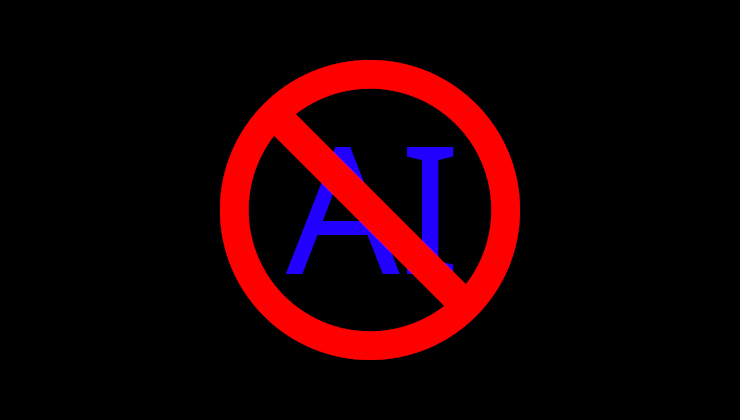A day many have been waiting for is here. Following on from NVIDIA releasing the NVIDIA 470.42.01 Beta driver that finally supports hardware accelerated OpenGL and Vulkan rendering on Xwayland, a brand new release of XWayland is out now.
XWayland 21.1.2 would have usually been a cleaning up bug-fix release, however when the Release Candidate went out in late June developer Michel Dänzer mentioned:
It's a bit special, as most of the changes are not the usual stable branch fixes material, but are needed for HW accelerated direct rendering with the Nvidia 470 driver (which is currently in open beta).
I'm making an exception, pulling these changes into the 21.1 branch instead of waiting for the next major release, since the changes are mostly specific to the EGLStream backend and do not affect the GBM backend. And they make a big difference for users of the EGLStream backend.
That release has now been made as of today, July 9, where the only difference is "a fix for a long standing issue where Xwayland wouldn't send events to notify clients of RandR configuration changes in some cases".
Hopefully soon various Linux distributions will pick up the new version, so users don't have to do any manual work for enabling hardware accelerated OpenGL and Vulkan rendering on Xwayland with their favourite distribution. Once done, it should mean NVIDIA users see a much better experience on Wayland.
Quoting: slaapliedjeWhy would I have to be a distro maintainer to want to have a stable system?You gave me the impression in this sentence, my bad
Quoting: slaapliedjeBeta means it isn't going to be packaged by most distributions. Some of us don't have time to muck with betas.
Quoting: slaapliedjeNvidia marked their release as beta for a reason. Usually because they want people to test the new features and make sure they're stable before releasing a driverSo? the point is that they're finally showing support to xwayland rather than ignoring it like before, and Nvidia is the only MAJOR factor holding wayland adoption back right now. Once Nvidia drivers properly support it and Ubuntu lts start to use wayland by default, you can expect the adoption to skyrocket by users, and most important, software developers (I mean in use cases where xWayland doesn't serve their needs).
Quoting: slaapliedjeWayland may eventually be the X11 replacementAlready is. No one is maintaining X.org anymore, not even *BSD users who are the most affected by this transition. The only patches x11 are receiving nowadays are for xwayland which different from bare metal x11 actually requires a wayland compositor in order to work.
Last edited by BielFPs on 12 Jul 2021 at 3:03 pm UTC
Quoting: robvvI was thinking of switching to Wayland on my Tumbleweed KDE system system until I found [this page](https://community.kde.org/Plasma/Wayland_Showstoppers). Yikes :-)The list is much shorter compared to what it was months ago, and some of the bugs are already not happening for me. The best advantage of Wayland for me has been the ability to set different scaling factors per display, so that I can have a large monitor in front of me and laptop screen to the side, and be able to see text on both monitors equally clearly.
Quoting: BielFPsnah, there have been updates to Xinput stuff as well. They are still releasing updated modules, they just haven't released any major versions of X.org.Quoting: slaapliedjeWhy would I have to be a distro maintainer to want to have a stable system?You gave me the impression in this sentence, my bad
Quoting: slaapliedjeBeta means it isn't going to be packaged by most distributions. Some of us don't have time to muck with betas.Quoting: slaapliedjeNvidia marked their release as beta for a reason. Usually because they want people to test the new features and make sure they're stable before releasing a driverSo? the point is that they're finally showing support to xwayland rather than ignoring it like before, and Nvidia is the only MAJOR factor holding wayland adoption back right now. Once Nvidia drivers properly support it and Ubuntu lts start to use wayland by default, you can expect the adoption to skyrocket by users, and most important, software developers (I mean in use cases where xWayland doesn't serve their needs).
Quoting: slaapliedjeWayland may eventually be the X11 replacementAlready is. No one is maintaining X.org anymore, not even *BSD users who are the most affected by this transition. The only patches x11 are receiving nowadays are for xwayland which different from bare metal x11 actually requires a wayland compositor in order to work.








 How to setup OpenMW for modern Morrowind on Linux / SteamOS and Steam Deck
How to setup OpenMW for modern Morrowind on Linux / SteamOS and Steam Deck How to install Hollow Knight: Silksong mods on Linux, SteamOS and Steam Deck
How to install Hollow Knight: Silksong mods on Linux, SteamOS and Steam Deck